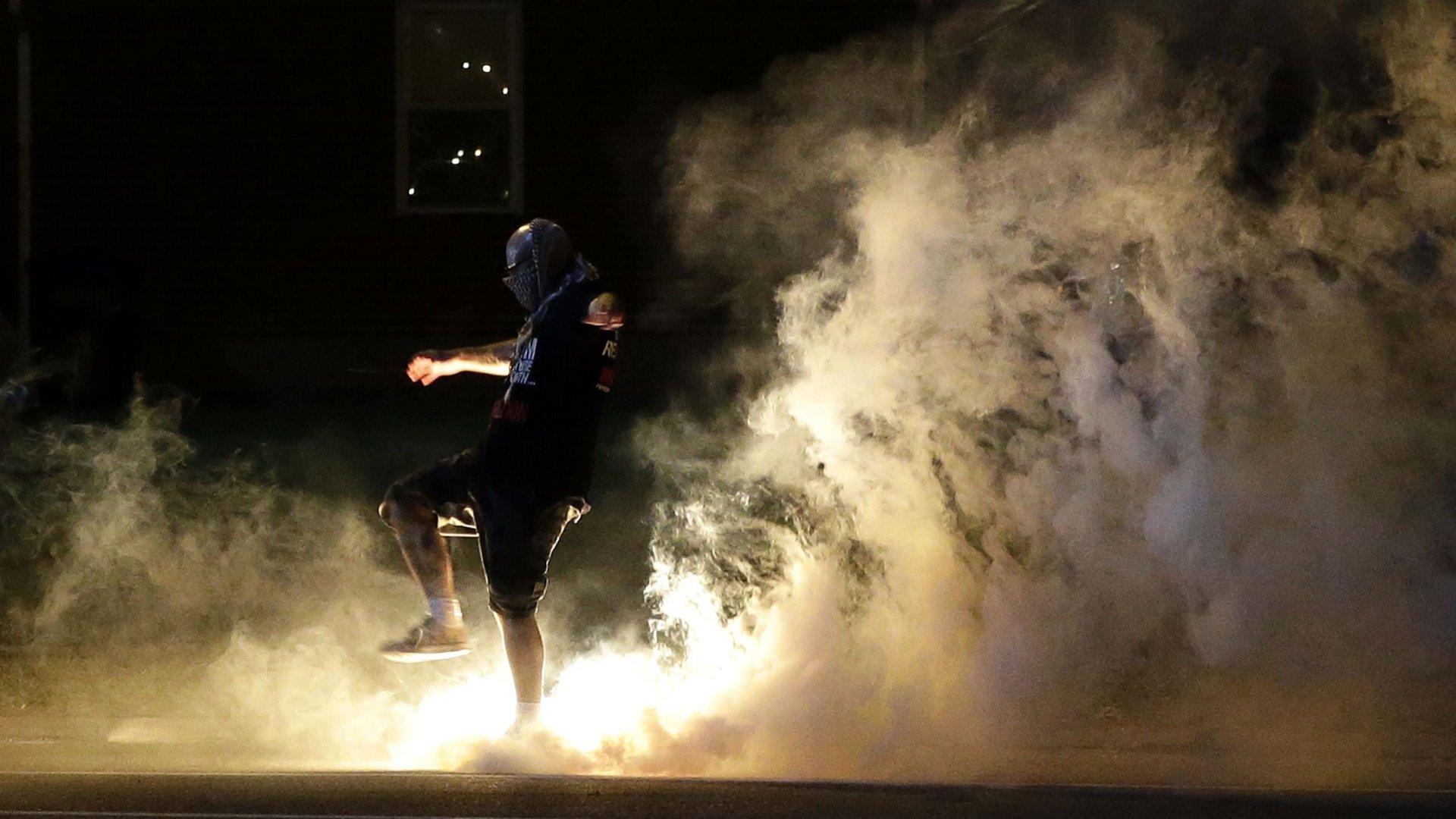The chaos in Ferguson is my nightmare, your nightmare—and America’s nightmare
Those of us who love St. Louis have felt the gut-wrenching kind of hurt you feel when someone you love is writhing in pain.


Those of us who love St. Louis have felt the gut-wrenching kind of hurt you feel when someone you love is writhing in pain.
There is serious hurt when an unarmed young man is killed in your community and no one has answers as to why.
There is disbelief when you see police in riot gear throwing tear gas and firing baton rounds into civilian protests.
There is embarrassment when journalists are arrested while sitting in a McDonald’s doing their jobs.
There is impatience when elected officials take too long to show leadership and prevent a bad situation from getting worse.
There is anger that the grievances of a community that has felt unfairly targeted and unjustly treated have been ignored for so long.
There is fury at those who are using this horrible moment to cause more confusion, incite more violence, destroy property and damage the community even more.
And there is palpable fear.
There is particular history of this region that got us to this place: A large wave of migration of blacks into this industrial city during and after the second World War led to a dramatic flight by white residents. The later gradual shift of African-Americans into mostly white inner-ring suburbs, prompted more whites to leave those areas over the past few decades, while the structures of power in cities like Ferguson remain mostly white.
There is an odd, fractured governance structure that got us to this place: a separated St. Louis city and county. A patchwork of 90 municipalities within the county. It makes it much more difficult to deal with broad issues when a region seems endlessly divided by boundaries, rivers, attitudes.
We are more segregated than other parts of the country because of the vestiges of a systemic process that the city and county establishment followed to enforce residential segregation.
But the people of St. Louis are no different than the people of other towns in this country. And our troubles with race relations, deeply tied to economic and educational injustice, are not unique to Ferguson, the city or county. They are endemic to this country. Our problems with police brutality and racial profiling can be found in every major city.
Too many fiefdoms and institutions in our region suffer a lack of accountability for their actions. Our elected officials have lacked political will to bridge the divides here. Too many of our residents have turned a blind eye to the plight of fellow residents and said: Not our problem.
The photos of St. Louis County police SWAT in all their militarized equipment and weaponry provide a stark contrast to the fact that the Ferguson police car of the officer who shot Michael Brown lacked a dashcam. Disparities often reflect priorities.
Things are changing, albeit slowly. Middle-class residents have been moving into downtown for years. The city and county are again discussing a merger, which has been discussed for years prior.
Civic leaders should now be realizing that ignoring deep-rooted, complicated problems leads to an eruption, the long-term impact of which hurts us all.
This region has more wonderful neighborhoods than troubled ones. There are more good-hearted people here than hateful ones. There is just as much civic pride in our city’s gems as shame in our shortcomings.
The tragedies in Ferguson feel intensely personal to anyone who cares about this region. But the anger about injustice and police brutality isn’t just about Ferguson or St. Louis.
Every other mayor, every other police chief in every other city in the country ought to be paying very close attention.
This post originally appeared at the St. Louis Post-Dispatch.